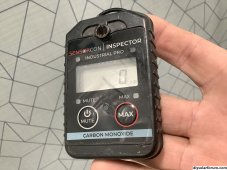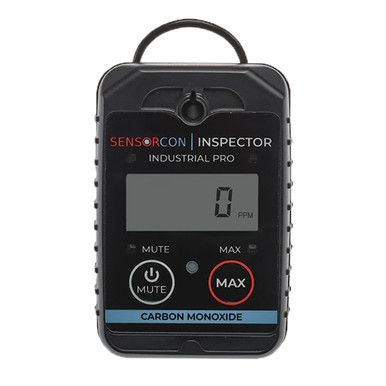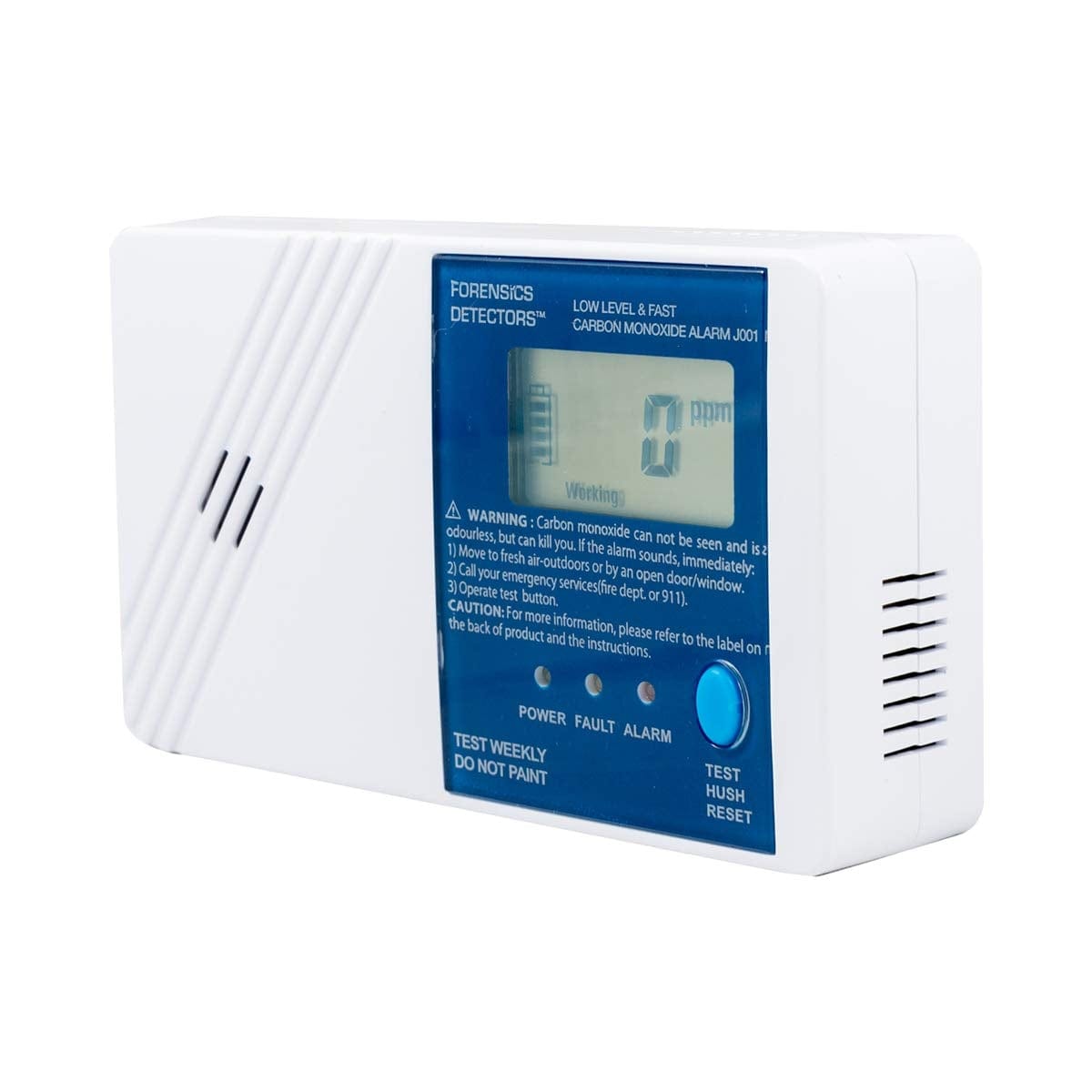McKravitts
Solar Enthusiast
- Joined
- Sep 8, 2022
- Messages
- 534
An often discussed issue on this forum is Carbon monoxide.
Many solar enthusiasts also have backup generators and there are frequent recommendations to use carbon monoxide alarms when placing these generators in unconventional locations.
Although most CO detectors on the market will alarm when some dramatic co releasing event occurs, they may not be so good at protecting you from the sickness and headaches, nausea etc., that can plague you from a small leak.
My personal experience:
Two other people and I who all lived in my house were all experiencing symptoms consistent with carbon monoxide exposure. It was during the pandemic in the winter when we didn’t get out much and the house didn’t get much fresh air. I had 4 carbon monoxide detectors, two Kidde and two First Alerts. One of them was the most expensive one Home Depot carried at the time.
We never got an alarm from any of them, yet the symptoms persisted.
I finally purchased a Forensics model which gave actual co levels and could accurately read as low as 5 ppm on an almost real time basis. It was approved for use by home inspectors.
It didn’t take but a few minutes for it to report a level of 35 ppm.
So, why didn’t any of my over the counter detectors alarm?
Many of the detectors available use OSHA standards [1].
OSHA sets a limit of 50 ppm for 8 hours per day. [1]
The assumption is that the worker will get no carbon monoxide for the rest of the day and the amount that will build up in a person’s system in 8 hours will cause no significant illness.
Carbon monoxide has a 220% greater affinity to hemoglobin then does oxygen. So basically if you inhale some, it most likely gets into your blood stream. [2]
The half-life of carbon monoxide in the human body is 320 minutes (5.33 hours). [3]
Given this data, a worker exposed to 50 ppm constantly for 8 hours has 16 hours of non-exposure (about 3 half-lives) to expel it. They go to work the next day with only about 1/8th the amount of co poisoning that they left work with the previous day. Then they have the weekends to expel a lot more of what’s remaining. A win for OSHA and 8 hour a day, 5 day a week workers.
Most carbon monoxide manufactures set their alarm based on similar levels as OSHA’s standards.
But what about someone exposed to 35 ppm for 24 hours a day for 7 days a week? OSHA is only concerned with work place safety.
So when you buy or recommend carbon monoxide detectors for people doing or considering doing something stupid with a generator, recommend a low level detector with a near real time display and inform them of the potential long term effects of even low levels of co.
[1] OSHA fact sheet
[2] Carbon Monoxide Toxixity
[3] National Library of Medicine
Many solar enthusiasts also have backup generators and there are frequent recommendations to use carbon monoxide alarms when placing these generators in unconventional locations.
Although most CO detectors on the market will alarm when some dramatic co releasing event occurs, they may not be so good at protecting you from the sickness and headaches, nausea etc., that can plague you from a small leak.
My personal experience:
Two other people and I who all lived in my house were all experiencing symptoms consistent with carbon monoxide exposure. It was during the pandemic in the winter when we didn’t get out much and the house didn’t get much fresh air. I had 4 carbon monoxide detectors, two Kidde and two First Alerts. One of them was the most expensive one Home Depot carried at the time.
We never got an alarm from any of them, yet the symptoms persisted.
I finally purchased a Forensics model which gave actual co levels and could accurately read as low as 5 ppm on an almost real time basis. It was approved for use by home inspectors.
It didn’t take but a few minutes for it to report a level of 35 ppm.
So, why didn’t any of my over the counter detectors alarm?
Many of the detectors available use OSHA standards [1].
OSHA sets a limit of 50 ppm for 8 hours per day. [1]
The assumption is that the worker will get no carbon monoxide for the rest of the day and the amount that will build up in a person’s system in 8 hours will cause no significant illness.
Carbon monoxide has a 220% greater affinity to hemoglobin then does oxygen. So basically if you inhale some, it most likely gets into your blood stream. [2]
The half-life of carbon monoxide in the human body is 320 minutes (5.33 hours). [3]
Given this data, a worker exposed to 50 ppm constantly for 8 hours has 16 hours of non-exposure (about 3 half-lives) to expel it. They go to work the next day with only about 1/8th the amount of co poisoning that they left work with the previous day. Then they have the weekends to expel a lot more of what’s remaining. A win for OSHA and 8 hour a day, 5 day a week workers.
Most carbon monoxide manufactures set their alarm based on similar levels as OSHA’s standards.
But what about someone exposed to 35 ppm for 24 hours a day for 7 days a week? OSHA is only concerned with work place safety.
So when you buy or recommend carbon monoxide detectors for people doing or considering doing something stupid with a generator, recommend a low level detector with a near real time display and inform them of the potential long term effects of even low levels of co.
[1] OSHA fact sheet
[2] Carbon Monoxide Toxixity
[3] National Library of Medicine






